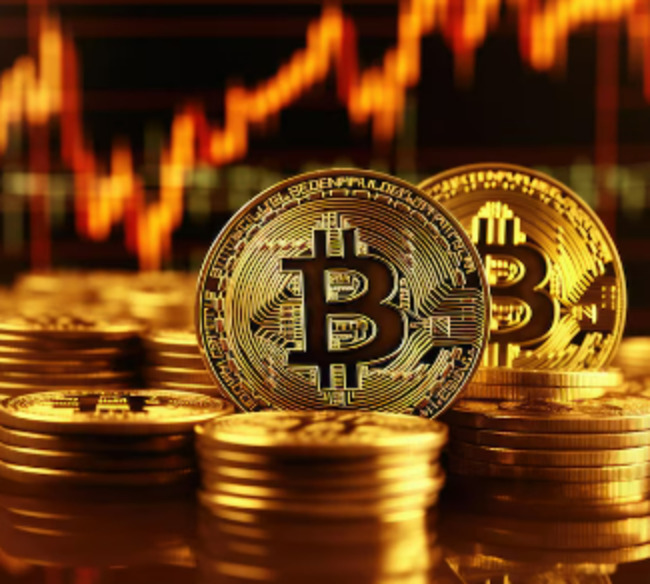Bitcoin Miners Utilise AI to Enhance Revenue Streams
As the digital landscape continues to change, Bitcoin miners are exploring new avenues by integrating artificial intelligence (AI) and high-performance computing (HPC) into their operations. This strategic move could unlock significant revenue potential, presenting a unique arbitrage opportunity in the market.
Traditionally focused on the computational power required for processing blockchain transactions, Bitcoin miners are now recognising the potential synergies between their operations and the needs of AI and HPC.
Antonio Velardo, a seasoned analyst and trader, said: “This convergence is driven by the growing energy needs of AI companies, which align closely with the capabilities of Bitcoin miners. By repurposing a portion of their infrastructure to support AI/HPC, Bitcoin miners can capitalise on the booming AI market.”
At present, Bitcoin miners are valued at a significantly lower rate per megawatt (MW) of installed capacity compared to AI-centric data centres. This disparity creates a lucrative arbitrage opportunity. While the average Bitcoin mining facility is valued at approximately $4.5 million per MW, AI data centres can command valuations exceeding $30 million per MW. By shifting just 20% of their capacity towards AI/HPC by 2027, Bitcoin miners could tap into a potential net present value of $37.6 billion.
Velardo cites Core Scientific (CORZ) as a key example of a Bitcoin miner benefiting from this trend. The company recently secured a 12-year contract with AI hyperscaler CoreWeave, worth over $3.5 billion, to provide 200 MW of infrastructure.
“This deal has not only increased Core Scientific’s market capitalisation by $1.6 billion but has also positioned the company as a potential leader in the U.S. data centre market,” Velardo added.
“This is just the beginning, as more Bitcoin miners are likely to follow suit, leveraging their existing assets to meet the growing demand for AI/HPC services.”
The revenue potential for Bitcoin miners entering the AI/HPC market is considerable. Velardo’s analysis indicates that if publicly traded Bitcoin miners allocate 20% of their energy capacity to AI/HPC, they could generate an additional $13.9 billion in annual profits over the next 13 years. This projection assumes an average revenue of $9.11 million per MW, with an estimated capital investment of $7.5 million per MW for infrastructure conversion.
“While the upfront costs are significant, the long-term benefits of transitioning into the AI/HPC space could be transformative,” Velardo continued. “AI/HPC customers are often willing to fund a significant portion of these capital expenditures, reducing the financial burden on Bitcoin miners and providing them with a lower cost of capital. This, in turn, enhances the attractiveness of the arbitrage opportunity I have identified.”
However, challenges persist. Velardo cautioned: “Not all Bitcoin mining sites are suitable for conversion to AI/HPC, particularly those lacking proximity to major cities or essential infrastructure such as high-speed bandwidth and reliable energy sources.
“Nevertheless, miners who overcome these obstacles and meet the necessary standards for AI/HPC operations could see their valuations double or even triple in the coming years.”
Velardo also highlighted the complementary relationship between Bitcoin mining and energy grid operators. Miners are already playing a vital role in stabilising energy grids, and their expansion into AI/HPC could further enhance their value as flexible, large-scale energy consumers.
“I believe that the integration of AI/HPC into Bitcoin mining operations represents a groundbreaking opportunity,” Velardo said. “This strategic shift not only diversifies revenue streams for miners but also positions them at the forefront of two rapidly growing industries.
“As more miners explore this route, I predict that we could witness significant market shifts, with Bitcoin miners potentially doubling their market capitalisations by 2028.”

